25. November, 2025delish0
In the world of barcode printing, ribbons serve as the carrier of information transmission, and their quality directly determines the clarity, durability, and image of the final product of the printing effect. A complete wide ribbon master coil must be precisely slitted to become a standard coil suitable for various printers. Ribbon slitting machines play a crucial role in this. Choosing a professional ribbon slitting machine is not a simple "cutting", but a comprehensive guarantee of the final slitting quality. So, how exactly does a professional device do this?
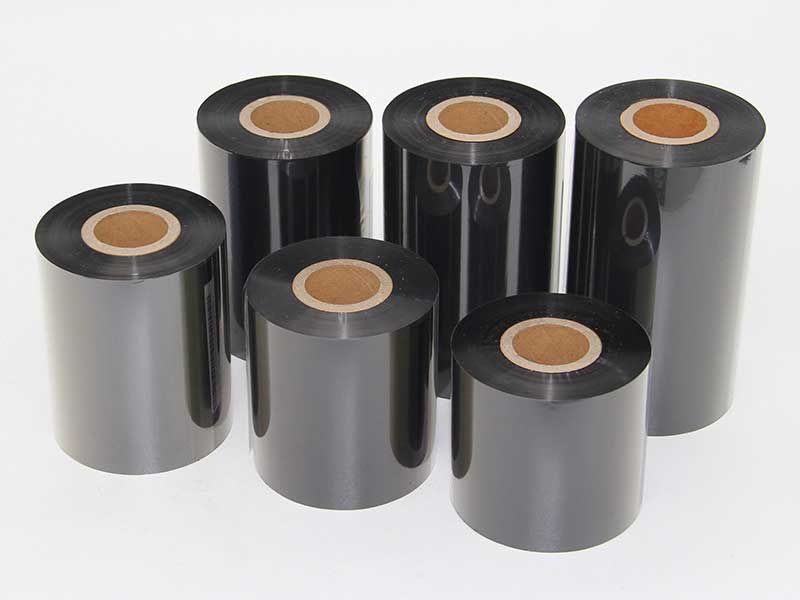
1. Precise control to eliminate dimensional deviations
The fundamental requirement of slitting is dimensional accuracy. Any micron deviation can cause ribbons to cage, wrinkle, or even damage the printhead in the printer.
• High-precision CNC system: The professional slitting machine uses a computer numerical control system that can pre-set the precise slitting width, length, and quantity. The servo motor drive ensures a high degree of synchronization of unwinding, traction and rewinding, eliminating dimensional fluctuations at the root.
• Stable tension control: Tension is the "soul" of the slitting process. If the tension is too small and the material is loose, it will lead to uneven winding and edge streamers; If the tension is too high, the ribbon (especially the film substrate) will be stretched and deformed, or even broken. The professional slitting machine is equipped with a fully automatic tension control system, which can detect and dynamically adjust the tension of the whole process from unwinding to winding in real time, ensuring that the ribbon is slitted in a stable and constant state of force, and ensuring the tightness and uniformity of the coil.

2. Extreme cutting to ensure smooth edges
The quality of the slitting edge is a key measure of ribbon quality. Rough, jagged or chipped edges can generate a lot of dust during high-speed print runs, contaminating the printer lens and printhead, resulting in white lines, blurring, and drastically reduced printhead life.
• Ultra-sharp professional blades: Professional slitting machines use round or flat knives made of special steel, which have high hardness and strong wear resistance, ensuring that every cut is as precise as a scalpel.
• Precise tool structure design: The use of air suspension tool holder or precision bearing structure allows the blade to maintain a very low runout when rotating at high speed, achieving "vertical feeding, instant cutting", so as to obtain a mirror-smooth cutting section. This minimizes dust generation, protects the printing equipment, and also ensures flawless prints.
3. Clean and dust-free, guarding the core of printing
As mentioned earlier, dust is the "number one killer" of printheads. Professional slitting machines are designed with dust-free as the core goal.
• Integrated dust collection system: The device often has a built-in ion air wand, static eliminator, and vacuum cleaner. The ion air rod neutralizes the static electricity generated during cutting to prevent the film from absorbing dust due to static electricity; The vacuum cleaner directly sucks away the micro debris generated near the cutting point, forming a clean working environment.
• User-friendly and automated design: Professional equipment often has automatic guidance correction systems to ensure that the ribbon always follows the correct path during the slitting process, avoiding edge wear and material waste caused by deviation. At the same time, the touchscreen HMI makes parameter setting, data logging and fault diagnosis clear at a glance, reducing the risk of human errors and improving production efficiency and consistency.

4. Material compatibility to meet diverse needs
Ribbons are divided into wax-based, mixed-based, resin-based, etc., and the thickness, hardness and toughness of their base film (such as PET, BOPP, etc.) are different. A professional ribbon slitting machine must have strong material adaptability.
• Adjustable process parameters: Professional equipment allows operators to finely adjust core parameters such as tension, pressure, and speed according to different ribbon materials. For example, thinner wax-based ribbons require less tension, while tougher resin-based ribbons require stronger cutting forces and greater stability.
• Robust mechanical structure: The solid frame and precise transmission components ensure the rigidity and stability of the equipment when running at high speeds and coping with different materials, and avoid affecting the slitting quality due to equipment jitter.
Conclusion: Professional slitting machine – a value amplifier in the quality chain
All in all, ribbon slitting is not a simple process, but a combination of precision mechanics, automatic control and materials expertise. A professional ribbon slitting machine has built a comprehensive quality assurance system through its precise size control, constant tension system, smooth edge treatment, clean production environment and wide material adaptability.
It is not only a tool to turn large coils into small coils, but also a value amplifier for ribbons from "qualified" to "excellent". For users who pursue high-quality printing results and stable production, investing in a professional ribbon slitting machine is choosing a professional path that is reliable, efficient, and can continue to create value. In today's world where details make or break a rule, this is undoubtedly a wise and necessary professional choice.





 Fully Automatic TTR Slitter RSDS8 Plus
Fully Automatic TTR Slitter RSDS8 Plus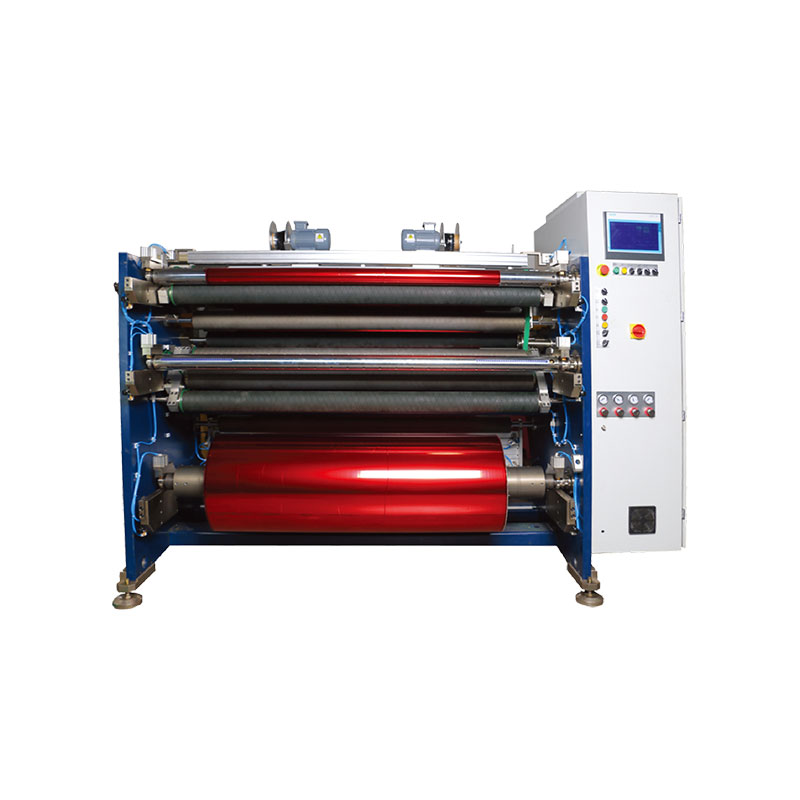 Hot Stamping Foil Slitter 1600mm
Hot Stamping Foil Slitter 1600mm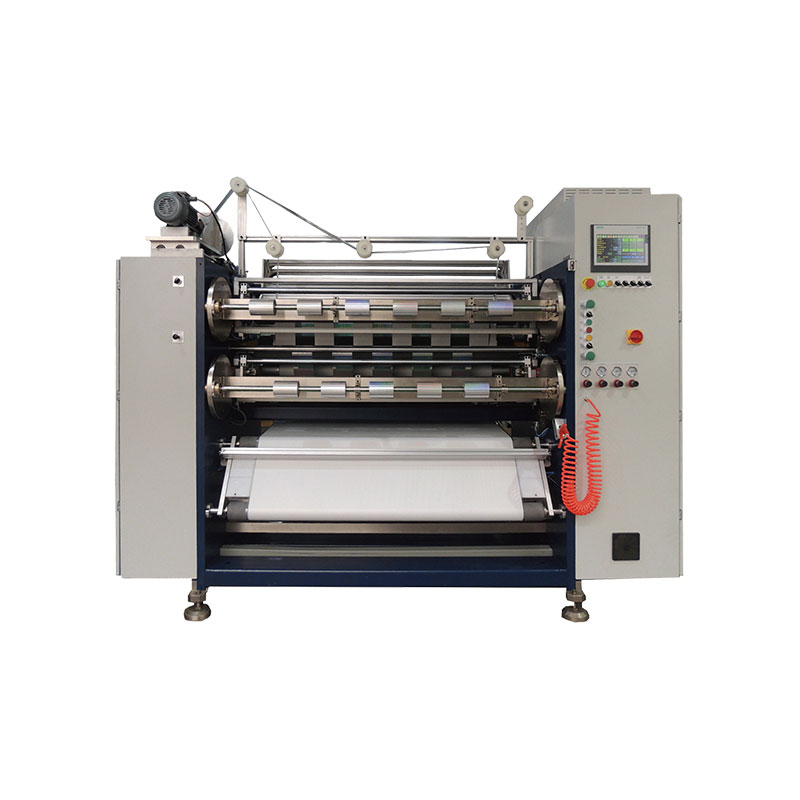 Hot Stamping Foil Slitter (4 Shafts)
Hot Stamping Foil Slitter (4 Shafts)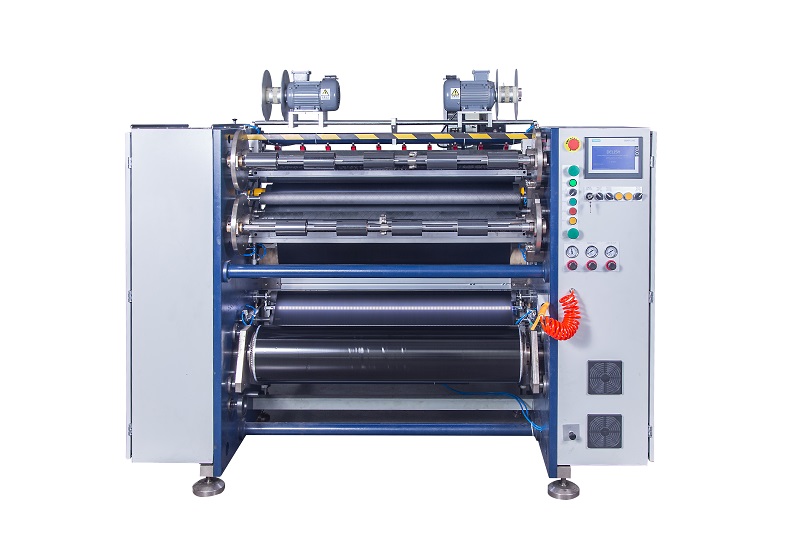 Semi-Auto TTR Slitter RSDS2 Plus
Semi-Auto TTR Slitter RSDS2 Plus Semi Automatic TTR Slitter RSDS5 Plus
Semi Automatic TTR Slitter RSDS5 Plus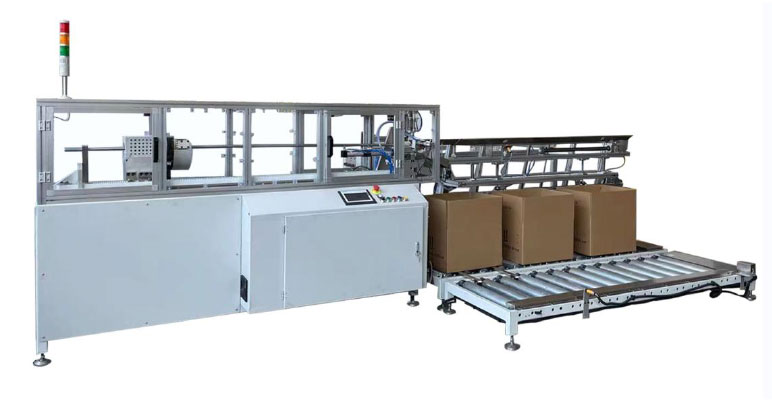 Auto Paper Core Cutter
Auto Paper Core Cutter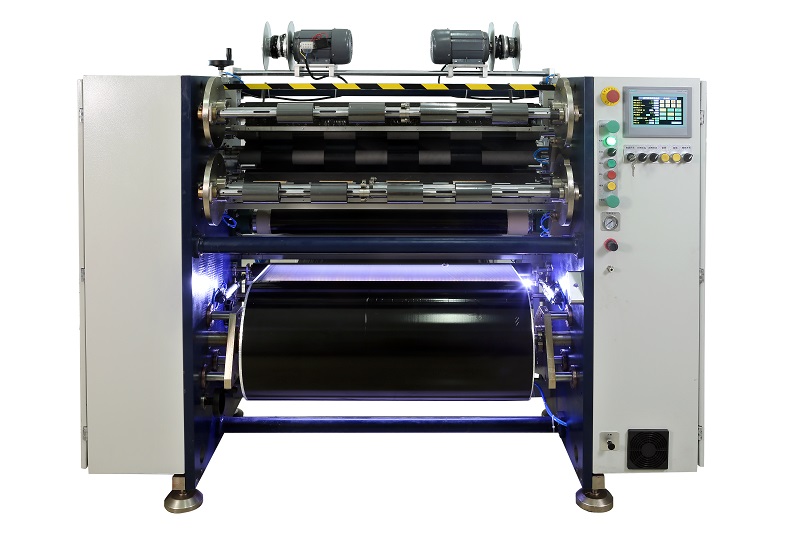 Manual TTR Slitter RSDS2
Manual TTR Slitter RSDS2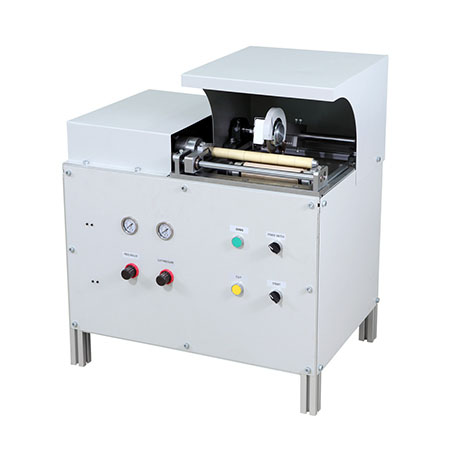 Manual Paper Core Cutter
Manual Paper Core Cutter





